“The ones who are crazy enough to think they can change the world, are the ones that do.”
— Anonymous
Once you’ve been blogging for a while, it can be hard to continuously come up with new ideas of what to write about. It has either already been done by someone else, or YOU have already written it yourself. The good news is just because it has already been written, doesn’t mean you can’t write something similar. No one has your mind and no one can relate to your audience the way that you do.
But how do you decide what to write about?
That’s what we’re here to figure out. I’m going to run you through a few different strategies that I use when trying to come up with ideas for what to write about.
In this post, we are going to cover the following strategies for finding new blog post topics:
- Research Tools
- Keyword research
- The “Skyscraper Technique”
- Social media shares
Warning: This post goes into A LOT of detail. Don’t think that you have to consume it all at once, or use all the techniques outlined here. Take it one section at a time if you have to. I want this to be a resource that you can come back to and reference at any time.
Tools You Can Use When Trying to Decide What to Write About
Luckily, there are tons of tools out there that can aid in your journey to coming up with the next big blog post idea or ideas. Here are a few that I will cover and you should definitely check out:
Full Disclosure: Some of the paid tools listed below are affiliate links. This means if you choose to purchase anything through the links provided, I will receive a small commission. This comes at no additional cost to you.
Note: You can find a list of all my favorite and most recommended tools and resources on my Resources page.
*UberSuggest recently changed its pricing policy. You are able to see some information for free but will ultimately need to pay for the service if you want to dive deeper into the data. The current cost is $10/month or $100/year.
If you are serious about SEO (Search Engine Optimization) and want to take full advantage of some amazing tools and features, I highly recommend the paid versions of SEMrush or Ahrefs. The amount of information available through these services is impressive. Both SEMrush and Ahrefs offer trials if you are interested in giving them a try.
On the other hand, if you are just looking for something that works, and you aren’t looking to spend the extra cash, I recommend UberSuggest. For being a free tool, UberSuggest is rather powerful and still gives you a lot of great information. Google Keyword Planner, in my opinion, is so-so. If you are familiar with it and like using it, go for it. I find it to be a little less accurate when trying to do some in-depth research.
With some of my favorite tools out of the way, let’s get to the good stuff!
Keyword Research
If you’re struggling to come up with ideas of what to write about, doing a little bit of keyword research ahead of time can help make your decision a lot easier. Even if I have topic ideas in mind, I still do some keyword research prior to starting my post, and I recommend you do the same. This will give you a bit of an advantage when trying to rank your page higher up in Google.
With any of the tools listed above, you can get some valuable insight into potential topics that can help you decide what to write about. For the sake of this guide, I’m going to give you some real-life examples of these tools in action.
Keyword Estimated Search Volume
Let’s say you have a food blog and you are trying to find new topics to write about in your industry. In Google’s Keyword Planner, we are going to start with a broad keyword related to something we might be interested in writing about. Let’s say, Meal Planning.
First, we will plug in this keyword into the Keyword Planner:
Just scrolling through the keywords listed below, you can see there are over 2,000+ keyword ideas based around our broad keyword, meal planning. Any one of these keywords could be turned into a potential blog post topic. But we can dig a little bit deeper into some of these keywords to see if any have a better chance of driving more traffic and page views to our blog.
As you scroll through, you will see that Google gives you the “Average Monthly Searches” for each keyword, as well as the competition level for each keyword. When choosing what to write about, we want a keyword that has a high average monthly search volume AND has low competition. This will increase our chances of ranking our post on the first page of Google while driving the most amount of traffic possible.
Bodybuilding diet has an avg. monthly search range of 10k-100k with low competition. So let’s see if this is something that we could potentially write about. Google Keyword planner gives a pretty broad range for volume, so I am going to plug our keyword, bodybuilding diet, into some of the other tools we have.
When we plug bodybuilding diet into UberSuggest, you’ll see that it says this keyword gets around 12,100 searches per month. Although this is on the low-end, this still falls within the same range estimated by Google. I like to put my keywords through multiple tools when possible. This gives us a little more accurate of a number to look at.
Next, we’ll try entering the same keyword in Ahrefs’ Keyword Explorer. The search volume shown on Ahrefs is a little lower than the others, but it still fairly close to what UberSuggest was showing. It’s not 100,000 searches like Google said, but hey, who wouldn’t take 8.4k people potentially seeing their post?
It is pretty safe to say that this keyword gets a significant amount of traffic each month, most likely ranging in the 8,000 to 12,000 range. The next questions we have to ask ourselves are “is this something that we want to write about?” and “do we think we can we rank for this keyword?”
Keyword Difficulty
Ok, so we know that our keyword, bodybuilding diet, gets a significant amount of traffic. Next, we will look at how hard will it be for us to actually get this keyword ranking high in Google.
Remember: The main goal here is to figure out what to write about. But, If we can find keywords that would be easy to rank in Google, we could have a killer blog post that drives tons of traffic to our post.
We already saw the Google Keyword Planner shows low competition. Let’s see what UberSuggest and Ahrefs give us.
UberSuggest shows this keyword also being relatively easy to rank for, organically and through paid advertising. And if you ask Neil, he’ll tell you that this post would need approximately 22 backlinks, and your website should have a domain rating around 83.
You’ll probably have a lower domain rating, meaning, you’ll most likely need more than 22 backlinks in order to rank on the first page in Google. However, this is not always the case. Depending on where your backlinks are coming from, you may not need quite as many.
When you look at what Ahrefs is showing, you’ll see some pretty similar numbers. Ahrefs estimates that you will need about 24 backlinks pointing back to your article to rank on the first page in Google.
It is pretty safe to assume that to rank for bodybuilding diet you will likely need around 24-30 high-quality backlinks, depending on your own website’s domain rating.
Note: These backlink numbers are strictly estimates. It could take more or less backlinks depending on the types of sites that are linking to your post (high-quality vs low-quality, no-follow vs do-follow, etc) and how much authority Google sees your site has. These numbers are just guidelines, but in most cases are decent numbers to shoot for when working on your SEO and backlink building.
Cost Per Click (CPC)
Another place you can look to determine whether you have a good keyword or topic is the Cost per Click or CPC. This will tell you, on average, how much people are paying to get their article on the first page of Google for that specific keyword.
You’ll see in the image below, we typed in the keyword fitness app. The first several items that come up in Google are notated with a little green “Ad” box. This means companies are paying to rank at the top of the page for the keyword, fitness app.
When we put fitness app into the Google Keyword Planner, you’ll see that people are paying anywhere from $0.91 to $5.85 PER CLICK.
The key when looking at CPC in your research, is to find keywords that companies are paying a lot of money to rank in Google. This tells you that people are willing to pay top dollar to rank for that keyword, and they are most likely doing so because this keyword is being searched often. Couple this with the keyword strategies mentioned above, and you could drive tons of organic traffic to your own site for free!
Skyscraper Technique
Whether you’ve already done the keyword research or not, the “Skyscraper Technique” is a cool strategy for creating content that we know is already popular.
What is the Skyscraper Technique?
Created and first used by Backlinko’s Brian Dean, the Skyscraper Technique is a system for creating quality content with a higher probability of getting backlinks to your post. This is a great way to discover new topics when you aren’t quite sure what to write about.
Here’s how it works: You’ll start by researching popular topics and articles in your niche. If you’ve already found a few keywords and topics that you’d like to rank for, start there. You want to look for popular articles that are ranking high in Google and take a look at what they wrote. Next, you’ll attempt to re-create the content they’ve written, but with your own twist.
Note: You are NOT copying content to your post. That would be plagiarism and can result in extreme consequences.
Here are a couple of things you can do when trying to re-create a better version of the content you find:
- Incorporate new/better media (videos, images, infographics, etc)
- Update the post with current information or statistics
- Create an “Epic Post” that takes the information you have already found, but adds more value and awe
Next, I’ll cover how to find the content that you’ll want to revamp.
Research Using the Skyscraper Technique
First things first, you can always start plugging away at Google to find the content you want to update, but this takes a lot of time. Instead of doing all this work manually, we are going to use some of the tools already mentioned in this post.
First let’s start by researching some generic topics, similarly to what we did in the “keyword research” section of the post. When I search for baking recipes in the Keyword Explorer on Ahrefs, I can see all keywords that have similar terms to the keyword I searched.
The first couple entries have several instances of “Great British Baking Show recipes.” All are easy to rank for (low KD), and all get have a significant volume (searches per month). Let’s click on the first one, Great British Baking Show recipes.
If we scroll to the bottom of the page, we will see the SERP Overview (SERP = Search Engine Result Page). This will show us the top 10 results in Google, or more if you are interested in looking beyond the first page.
At first glance, you’ll notice that posts ranking on the first page in Google are getting traffic ranging from 100 to 9,100 visitors per month.
Next, take a look at the number of backlinks each of these pages has. Aside from the top article in Google, most articles listed here don’t have that many links pointing back to their pages. If we can get more backlinks to our own post, this could be a huge opportunity to jump ahead of them in Google.
Putting the Content Together
Now that you have an idea of what to write about, the next thing you’ll want to do is comb through these articles and see what type of content is being written.
You have to think about how you can make your post even better than the ones already written. This is where you can let your creativity fly! Utilize the information that is right there in front of you for creating your own post. Just be sure to put your own unique spin on it. Here are a few examples of things you can do related to the keyword we used:
- Create a post that has even more recipes
- Create videos for each recipe and show your audience exactly how to make the food
- Make a downloadable recipe shopping list with prices for each ingredient so your audience knows exactly what to expect when shopping
All these ideas can be used to put your article above and beyond any other post out there. Whatever you choose, do something that will make your post stand out and not look similar to the rest online.
Find Post Topics from Social Media Shares
You have a social media account right? Of course you do! There are billions of people on social media and they are sharing content every day. With the flow of information on social media, there’s an unlimited amount of ideas of what to write about, right in the palm of your hand.
So how do we figure out what to write about from social media? Well, we aren’t really going to use social media in our research just yet. Although this is a viable option (search through Twitter, Facebook, Instagram, etc for keywords in our niche), we are more concerned with what is being shared the most on social media. To figure this out, we’re going back to the tools.
What is Being Shared on Social Media?
Let’s head back over to UberSuggest for a minute. I’m going to put in the keyword, travel blog. According to UberSuggest, this is a relatively easy keyword we could rank for and gets searched a whopping 14,800 times per month!
If we click on the “Content Ideas” tab on the left, we get a list of articles using our keyword travel blog, that are extremely popular on social media. UberSuggest will show you how many times each of these articles has been shared on Facebook and Pinterest. If you want to refine your search, you can always use the “filter” feature and specify minimum and maximum shares, as well as any additional keywords you’d like to include.
For now, we’ll just look at the main list without any filters on.
Some of these articles have gotten over 100,000 shares, with most of them getting at least 30,000 shares on either Facebook or Pinterest. After looking at several pages listed here, the most shared posts have a good amount of images. This is something that we definitely want to take note of when starting to write our own travel blog article. Similar to what was mentioned in the Skyscraper Technique section, we can use ideas from the articles listed here to craft our own.
Next, let’s take a look at our topic in the Ahrefs Content Explorer.
We get a similar look, but the content is sorted by “Most Relevant” to start. This can be a great place to start when we are just looking for ideas of what to write about, but we want to know what will gain the most traction on social media. To find this, we are going to sort this page by social media shares, specifically Twitter shares.
Now, we get a re-ordered list of articles sorted by what’s been shared the most on Twitter. You can do the same thing with Facebook and Pinterest. Depending on where the bulk of your target audience hangs out, you might want to try filtering for the different networks.
Making Use of the Social Shares Information
When doing research based on social media shares, you’ll want to read through some of the articles that seem interesting to you. It is important to take note of:
- Post titles and headlines: Pay close attention to the titles of the posts that get more social shares. An attention-grabbing title is important for increasing the number of shares on social media. Try to use the titles in the Content Ideas section of UberSuggest to create a similar title of your own that will either attract attention or evoke curiosity with the reader.
- Type of content: Depending on what your post is going to be about, you’ll want to curate content that is going to fit the topic and sit well with your audience. By looking at other posts that have received a lot of social shares, you can get a good idea of what is working well for that topic.
- What information is being discussed: Look at what information is being shared on similar posts to your own. You may find new, additional information that you can include in your own post to take your content to the next level.
- Which platform seems to get the most shares for your niche or topic: Depending on your niche, topic, and audience, you may see significant advantages of posting on one platform versus another. Pay attention to where content similar to yours is being shared. Use this information to promote your own content where you’ll get the most interaction and engagement.
Like I mentioned earlier, if you are looking for a little more validation, you can always enter your keyword on the social media apps themselves to see what other people are saying about your topic.
Bonus Tip: One great thing about Ahrefs’ Content Explorer, is that you can see exactly who shared these pages on Twitter!
This is great information to have after your post has been published. You know these people are interested in what you have written because they already shared something similar. Kindly reach out to them on social media and see if they would be willing to provide feedback or share your article with their followers.
Wrapping Up
Trying to figure out what to write about doesn’t have to be difficult. If you are struggling to come up with new ideas, give some of the strategies mentioned in this post a try. In most cases, people tend to overthink when trying to come up with new ideas to write about. The methods listed above will help do some of the thinking for you. You will most likely stumble upon the simplest of topics that you haven’t even considered writing about.
Like I mentioned earlier, you don’t need to implement all these strategies at one time. Rather, try one out and see what kind of results you get. It’s really all about trial and error. I guarantee you will find some quality content ideas if you give at least one of these strategies a try!
Of the strategies listed above, which do you prefer?
Let me know in the comments!
And don’t forget to subscribe to the blog (button is at the bottom of this page) and follow me on Twitter so you can be notified whenever I post more content like this!


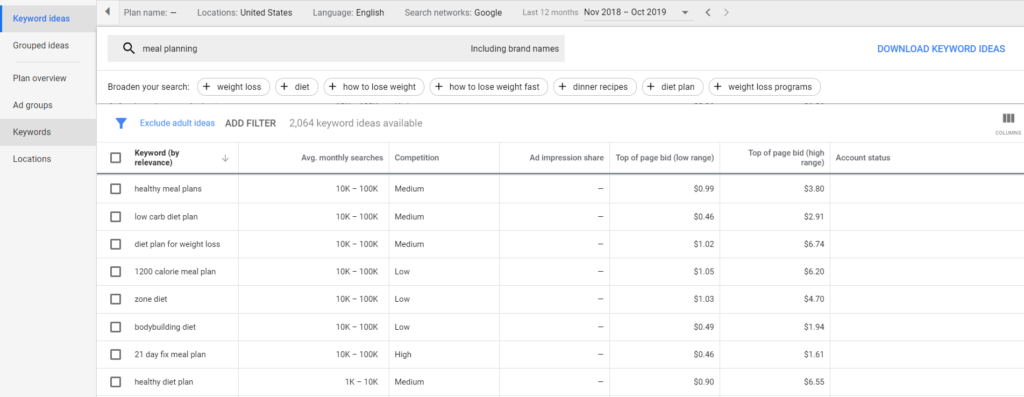
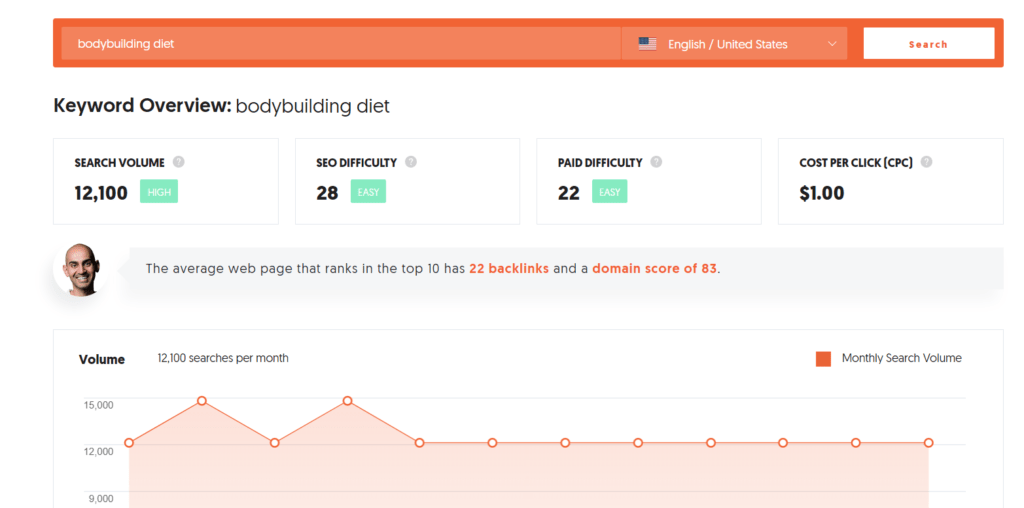








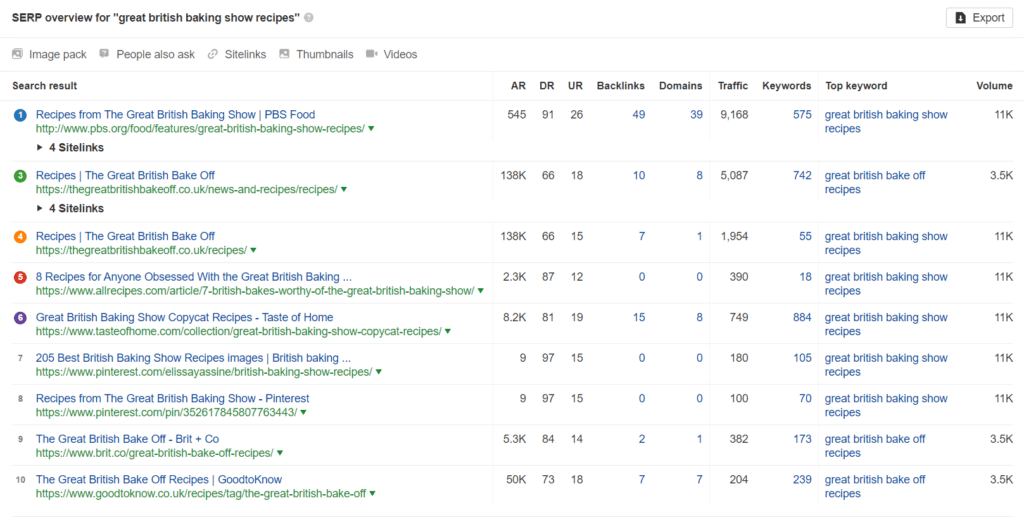



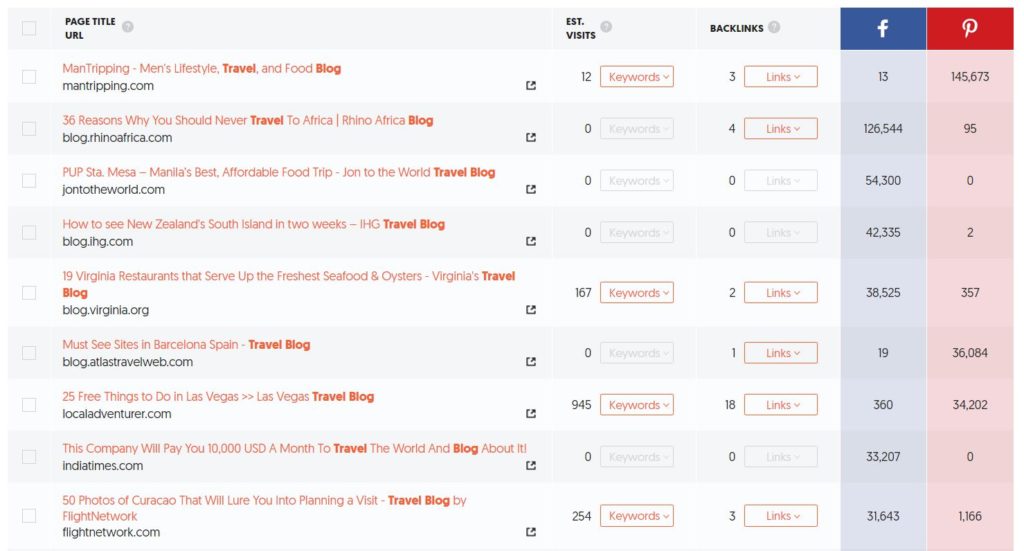

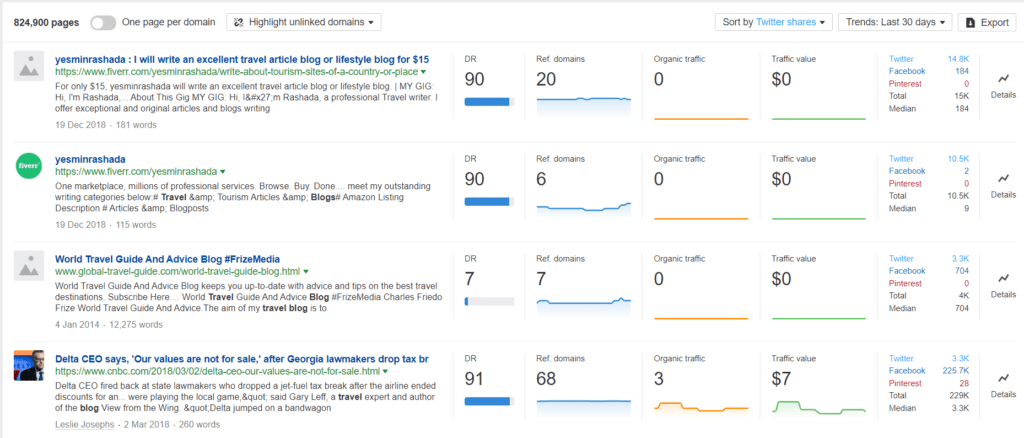





Great post. I am going to bookmark this to come back and read it.
Thank you Allie! I’m glad you got value from it. 🙂
Wow! This was a great post with a lot of useful information. As a new blogger, I really learned so much. Thanks for sharing!
That’s great! I’m so glad you got value from it. If you give any of the strategies in this post a try, I’d love to hear how it goes for you!
Thanks for reading!